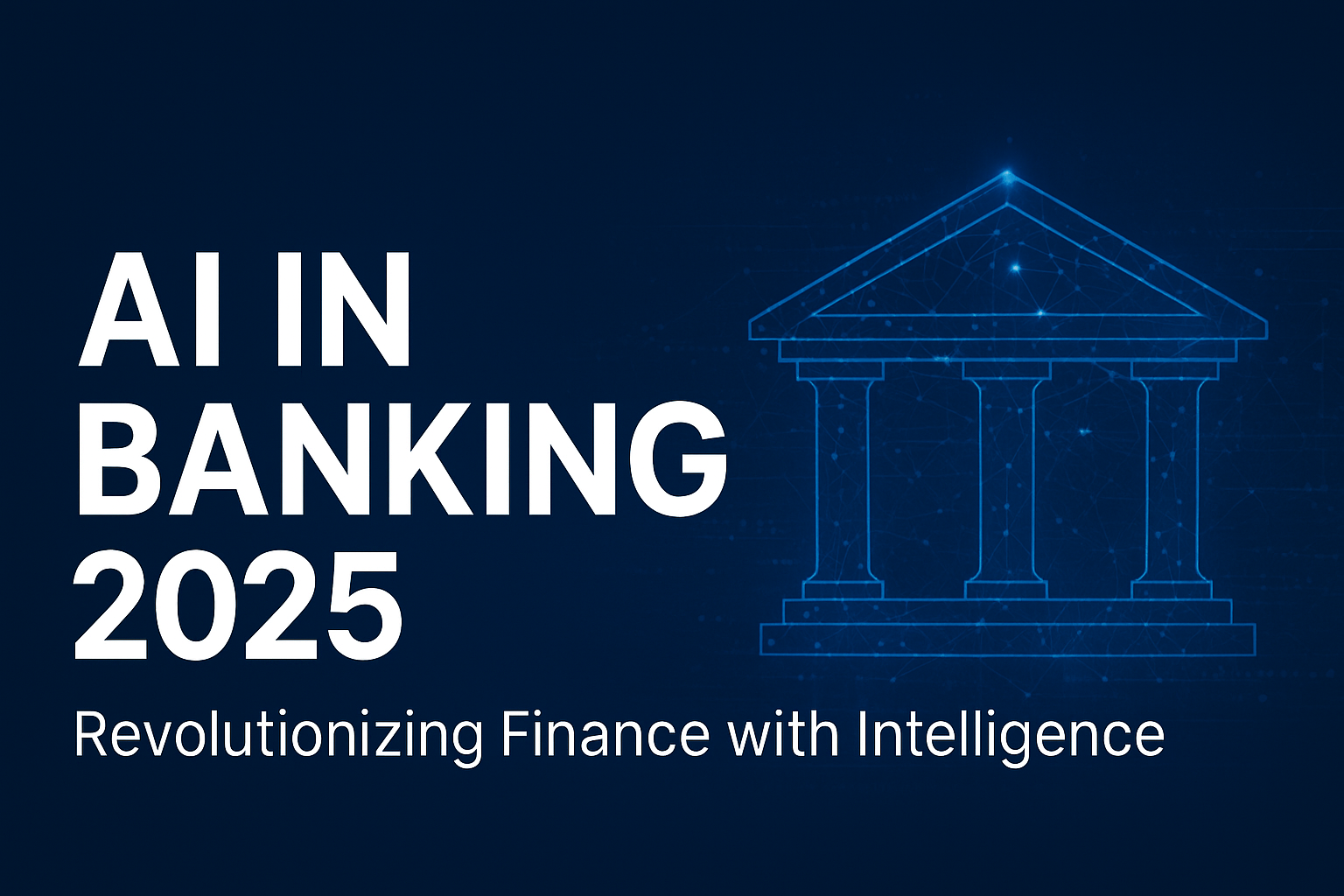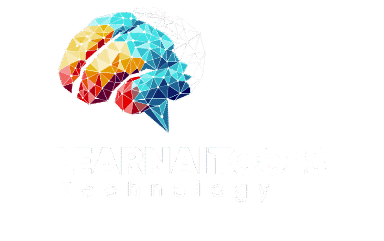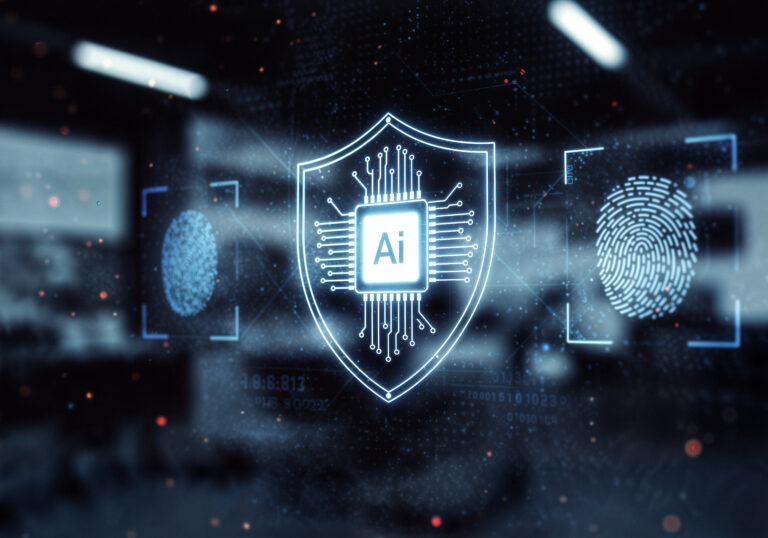
AI in Banking 2025 – Revolutionizing Finance with Intelligence
Introduction
AI in Banking 2025 is not just about digital tools; it is about redefining the entire financial ecosystem. From customer service and fraud detection to investment management and risk assessment, artificial intelligence is powering the banking sector like never before. By 2025, AI is projected to become the most critical driver of efficiency, security, and innovation in global banking.
This article explores the opportunities, applications, challenges, and future possibilities of AI in the banking industry, highlighting why it is essential for banks, customers, and economies.
AI in Banking 2025 – The Digital Transformation of Finance
AI in Banking 2025 marks a shift from traditional banking to smart, automated, and customer-first banking experiences. With billions of transactions happening every day, AI ensures accuracy, transparency, and real-time decision-making.
Banks are increasingly relying on AI-driven chatbots, predictive analytics, credit scoring, and fraud prevention systems to streamline operations and reduce risks. As customers demand faster, safer, and more personalized services, AI has become the foundation of modern financial institutions.
Key Drivers of AI in Banking 2025
AI in Banking 2025 is being shaped by a combination of technological, social, and economic forces:
- Digital Customers – Today’s customers prefer mobile banking, instant payments, and personalized services, all powered by AI.
- Cybersecurity Threats – With rising cybercrimes, AI-driven fraud detection is no longer optional.
- Big Data Explosion – Banks must process petabytes of financial data, making AI essential for analysis.
- Regulatory Compliance – AI helps banks comply with strict financial regulations and reduce compliance costs.
- Global Competition – FinTech startups are challenging traditional banks, pushing them to adopt AI solutions quickly.
AI in Banking 2025 and Customer Experience
AI in Banking 2025 is redefining customer experience with personalization at its core.
- Chatbots & Virtual Assistants: AI-powered bots resolve queries instantly, improving customer satisfaction.
- Personalized Offers: AI analyzes customer behavior to provide tailored loan, investment, or savings options.
- Voice & Facial Recognition: AI enhances security while making transactions seamless and user-friendly.
This personalization not only boosts customer trust but also builds long-term loyalty.
AI in Banking 2025 and Fraud Detection
AI in Banking 2025 is crucial for fighting cybercrime. With millions of fraudulent attempts every year, traditional systems are not enough.
- Real-Time Monitoring: AI systems track unusual transactions instantly.
- Behavioral Analysis: AI learns user patterns to detect anomalies.
- Predictive Security: AI prevents fraud before it occurs, saving banks billions of dollars annually.
By combining machine learning and predictive analytics, AI creates a safer environment for both banks and customers.
AI in Banking 2025 and Risk Management
AI in Banking 2025 is transforming risk assessment and management.
- Credit Scoring: AI evaluates a customer’s creditworthiness faster and more accurately.
- Market Risk Prediction: AI uses global data to predict market volatility.
- Operational Risk Management: AI helps banks identify and minimize internal risks.
This allows banks to make smarter decisions, reduce losses, and maintain financial stability.
AI in Banking 2025 and Investment Management
AI in Banking 2025 is revolutionizing wealth and investment management.
- Robo-Advisors: AI tools provide personalized investment advice at lower costs.
- Portfolio Optimization: AI algorithms adjust investment portfolios in real time.
- Market Forecasting: AI predicts stock trends, helping investors make informed decisions.
This democratization of wealth management allows even small investors to access high-quality financial strategies.
AI in Banking 2025 and Regulatory Compliance
AI in Banking 2025 is helping financial institutions meet strict regulatory requirements.
- Automated Reporting: AI generates compliance reports quickly and accurately.
- Fraud Alerts: AI ensures transparency by flagging suspicious activity.
- Data Protection: AI systems help banks comply with privacy laws like GDPR.
This reduces penalties and builds trust among regulators and customers.
Challenges of AI in Banking 2025
AI in Banking 2025 faces challenges despite its opportunities:
- Data Privacy Risks – Sensitive financial data must be protected.
- Algorithmic Bias – AI systems must avoid unfair decisions.
- High Implementation Costs – Smaller banks struggle to adopt advanced AI.
- Skill Gaps – Banks need skilled professionals to manage AI systems.
Addressing these challenges is critical to ensuring responsible and inclusive AI adoption in banking.
Future of AI in Banking 2025 and Beyond
AI in Banking 2025 is just the beginning. By 2030, AI will likely automate most financial processes, enabling real-time global transactions, blockchain-based security, and AI-powered central banks.
Trends shaping the future include:
- AI-powered digital currencies.
- Predictive analytics for global trade.
- Hyper-personalized financial services.
- AI-driven sustainable banking initiatives.
The future of finance will be defined by how effectively banks balance innovation with trust and responsibility.
Conclusion
AI in Banking 2025 is more than a trend—it is a revolution transforming finance across the globe. From customer experience and fraud detection to investment management and compliance, AI is making banking smarter, faster, and more secure.
Banks that adopt AI responsibly will not only stay competitive but also build long-term trust with customers. As we step into 2025, one truth is clear: AI in banking is no longer optional—it is the future of finance itself. Learn more about AI innovations at Learn Ai Tools.




